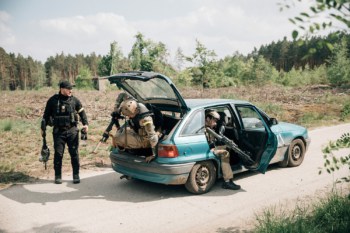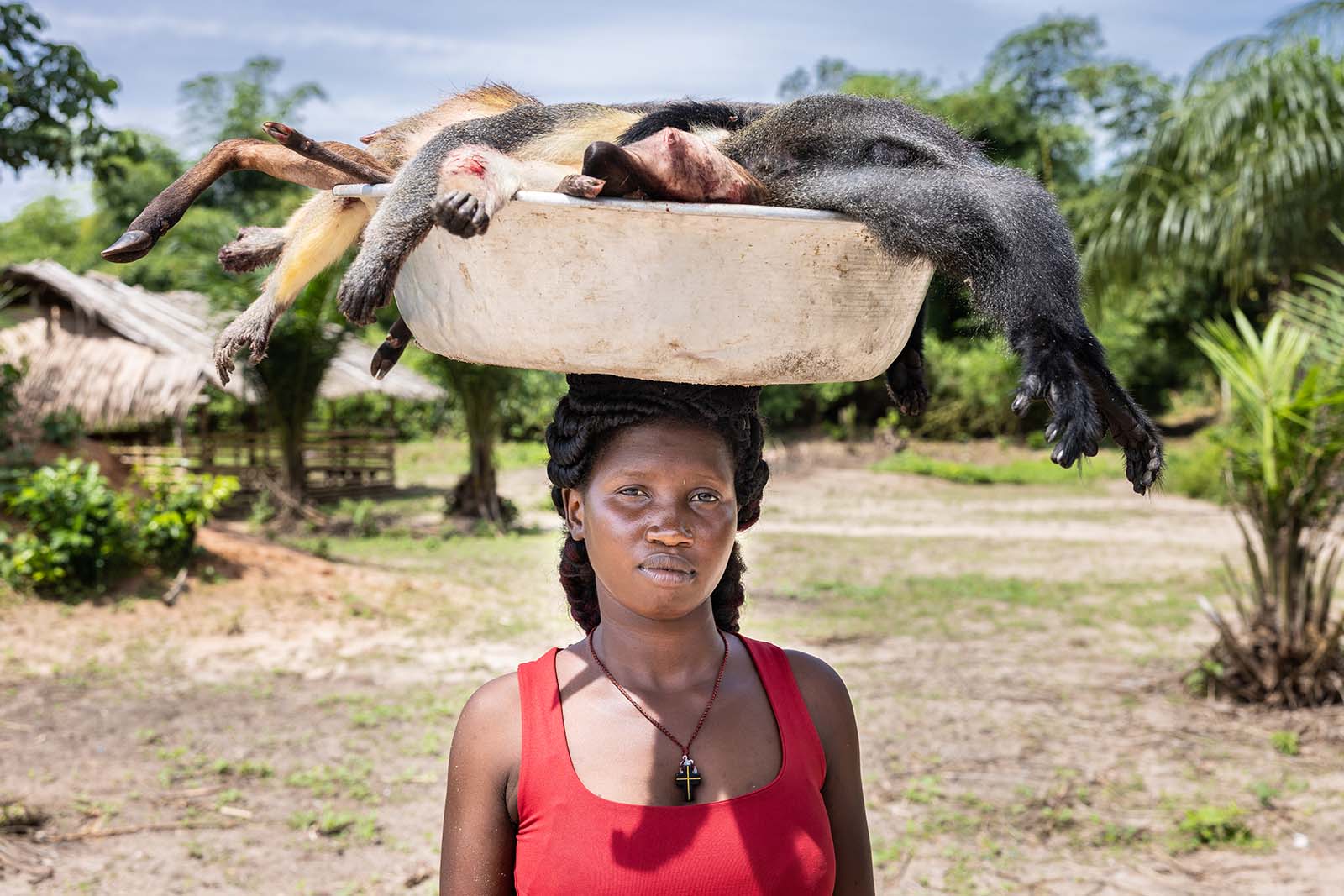 Innocence, a villager, brings home her meat purchase from the market. Two antelopes and two monkeys are in the bowl. The latter are a staple food in Central Africa.
Innocence, a villager, brings home her meat purchase from the market. Two antelopes and two monkeys are in the bowl. The latter are a staple food in Central Africa.
Unmasking the unseen foe: A research project for the early detection of infectious diseases.
Former student  Lando Hass visited scientists in the Central African Republic. Their work could be crucial in preventing the emergence of epidemics.
Lando Hass visited scientists in the Central African Republic. Their work could be crucial in preventing the emergence of epidemics.
Around 70 per cent of infectious diseases are zoonoses. In the jungle of the Dzanga Sangha National Park, scientists from the Robert Koch Institute (RKI) are researching their mechanisms. Zoonoses are diseases like SARS-CoV-2, AIDS and Ebola that move from animals to humans or humans to animals. Every year, an average of five new pathogens are identified, each capable of triggering a pandemic. Global warming, wildlife trade and the destruction of natural ecosystems for livestock are driving this development.
The researchers investigate the diseases and causes of death of great apes and other wild animals and monitor the local population’s health. The conversion of land into agricultural land means wild animals have to share their habitat with domesticated animals or settle in cities. There is increased contact between humans and animals, which encourages the transmission of pathogens. By recognising the symptoms of illnesses, the scientists can warn of and prevent epidemics early.
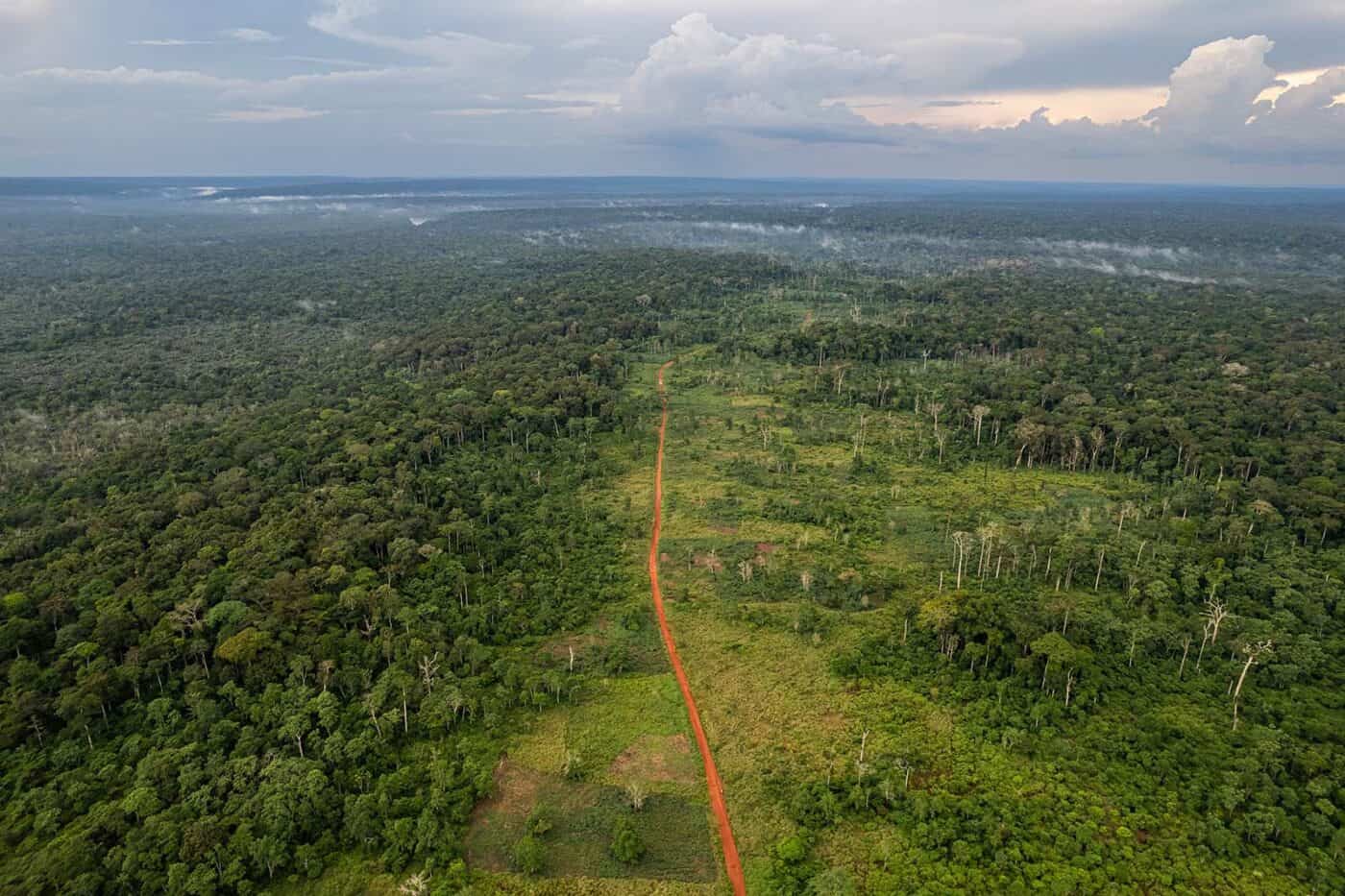 Dzanga-Sangha Sanctuary, Sangha-Mbaéré, Central African Republic, 08/11/21
Dzanga-Sangha Sanctuary, Sangha-Mbaéré, Central African Republic, 08/11/21
Habitat destruction is often accompanied by biodiversity loss. A reduction in biodiversity can accelerate the transmission of pathogens.
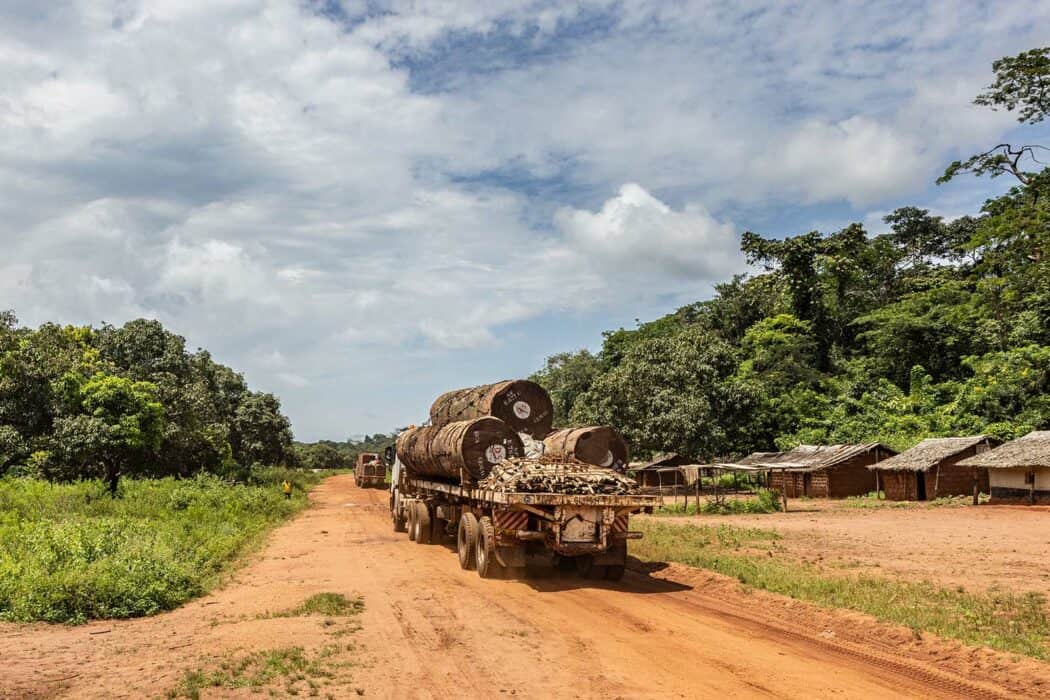 Truck with tree trunks on the loading area. Mambéré-Kadéï, Central African Republic, 02/11/21
Truck with tree trunks on the loading area. Mambéré-Kadéï, Central African Republic, 02/11/21
Studies suggest that Ebola outbreaks in Central and West Africa are closely associated with a previous loss of dense forests. When an ecosystem loses species that were “incompetent” or suboptimal hosts for a particular pathogen, the remaining “competent” hosts occur at higher densities.
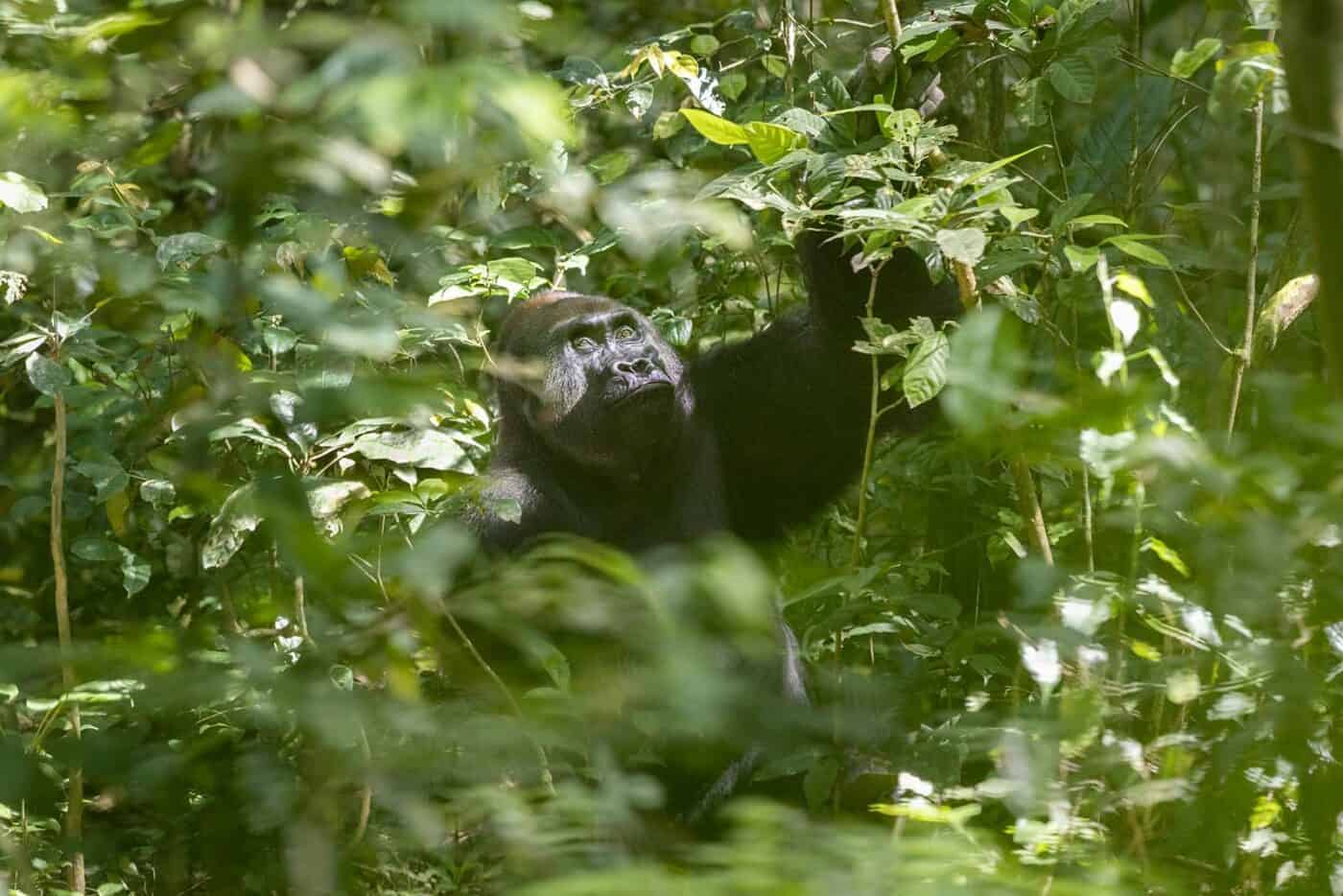 Dzanga-Sangha National Park, Sangha-Mbaéré, Central African Republic, 05/11/21
Dzanga-Sangha National Park, Sangha-Mbaéré, Central African Republic, 05/11/21
Scientists of the Robert Koch Institute regularly observe three habituated lowland gorilla groups in the Dzanga-Sangha National Park.
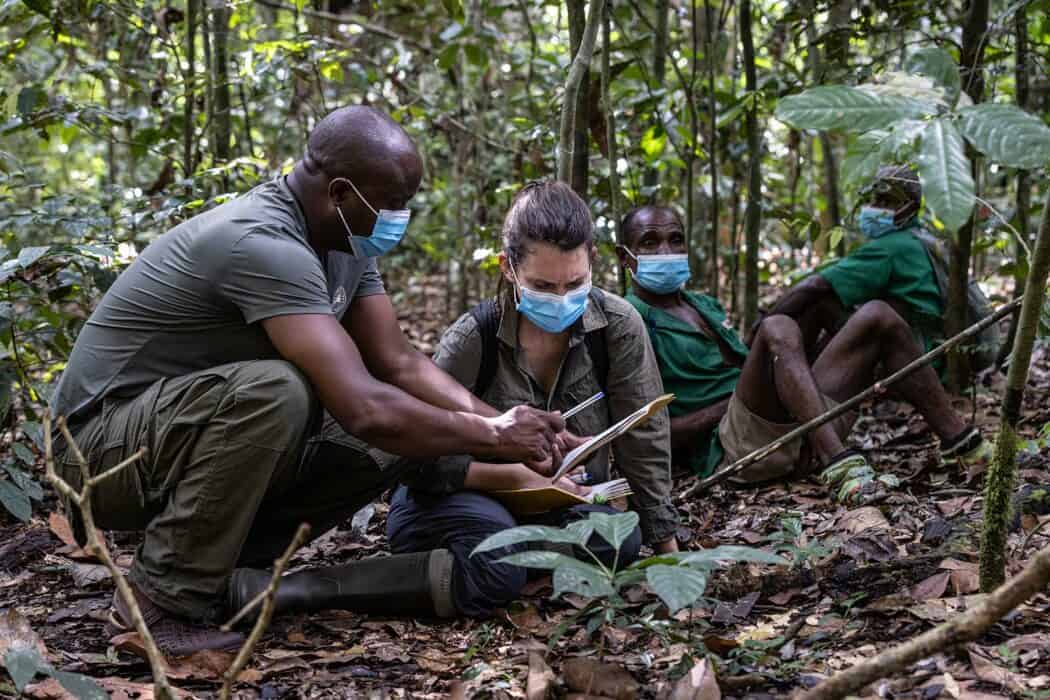 PhD student Thais Tombolomako (left) observed gorillas and now explains his recordings in conversation with his mentor Ariane Düx. Dzanga-Sangha National Park, Sangha-Mbaéré, Central African Republic, 05/11/21
PhD student Thais Tombolomako (left) observed gorillas and now explains his recordings in conversation with his mentor Ariane Düx. Dzanga-Sangha National Park, Sangha-Mbaéré, Central African Republic, 05/11/21
The researchers collect a faecal sample from each gorilla in the group every month. If one of the primates falls ill, there is a high probability that the pathogen can also infect humans, i.e. it is zoonotic. If one of the animals dies after contracting an illness, it is dissected to determine the cause and identify possible new infectious diseases. In this way, they serve as a kind of early warning system for a condition that is potentially dangerous to humans.
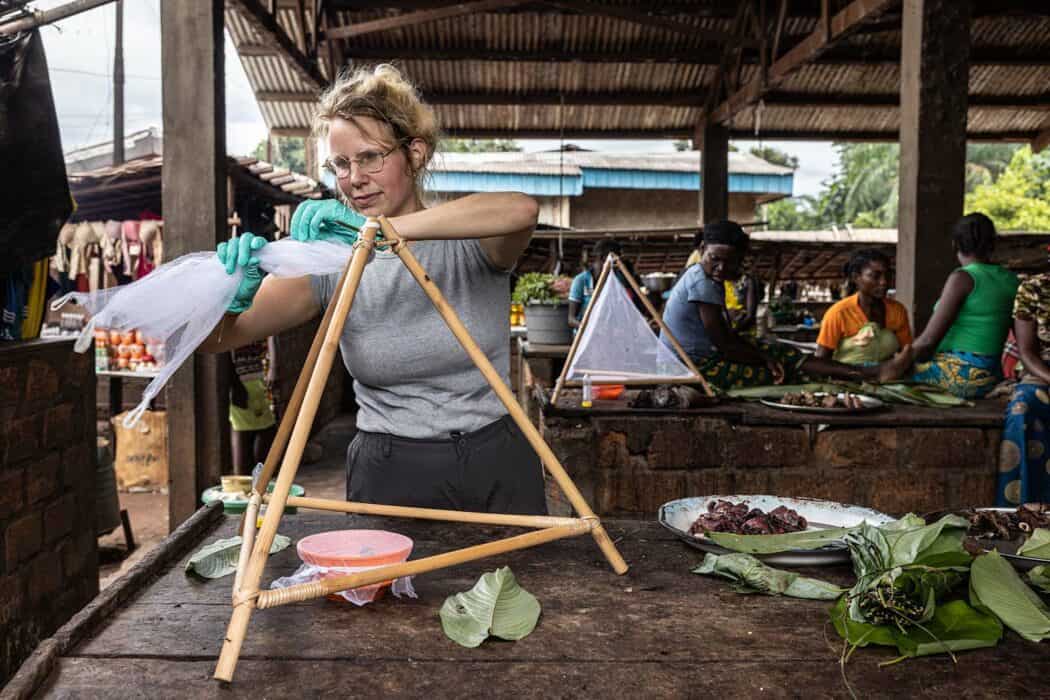 Bayanga, Dzanga-Sangha Sanctuary, Sangha-Mbaéré, Central African Republic, 08/11/21.
Bayanga, Dzanga-Sangha Sanctuary, Sangha-Mbaéré, Central African Republic, 08/11/21.
The scientist Yanthe Nobel catches flies in the two meat markets of Bayanga and the wild. The goal is to determine how much human DNA is found in the flies and vice versa. This determines how much exchange there is between human and animal habitats. Because where the exchange takes place, diseases can be transmitted.
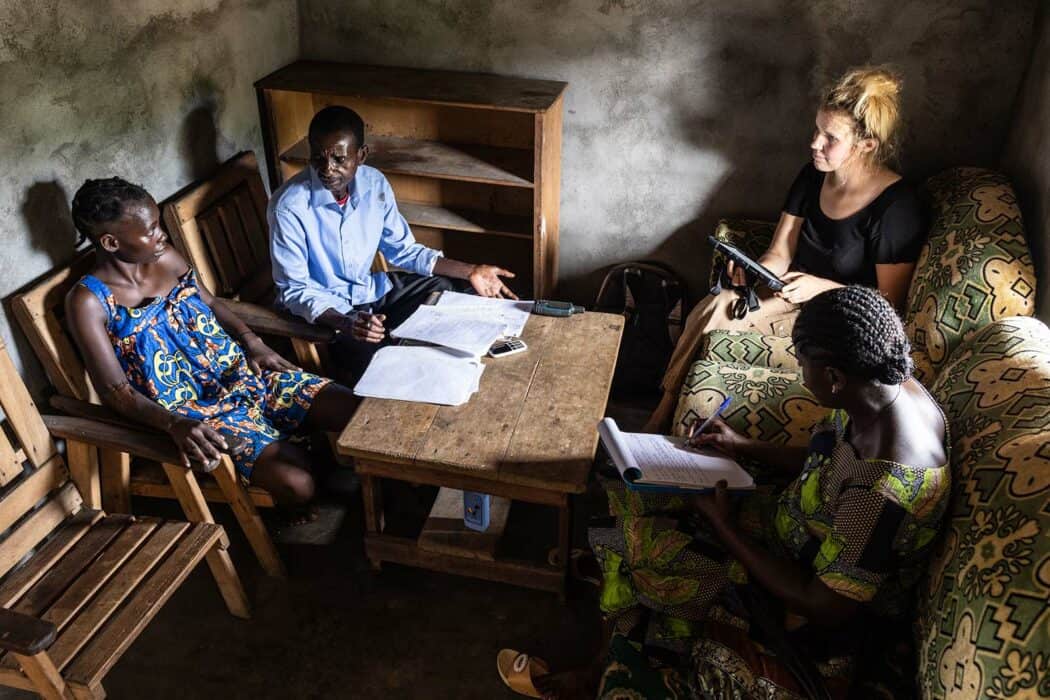 Bayanga, Dzanga-Sangha Sanctuary, Sangha-Mbaéré, Central African Republic, 09/11/21.
Bayanga, Dzanga-Sangha Sanctuary, Sangha-Mbaéré, Central African Republic, 09/11/21.
In interviews with villagers from Bayanga, the RKI scientist tries to find out more about local eating habits. She wants to know how the villagers prepare their meat, whether sick or dead animals are eaten, how sick farm animals are treated and what the villagers know about zoonoses and their transmission.
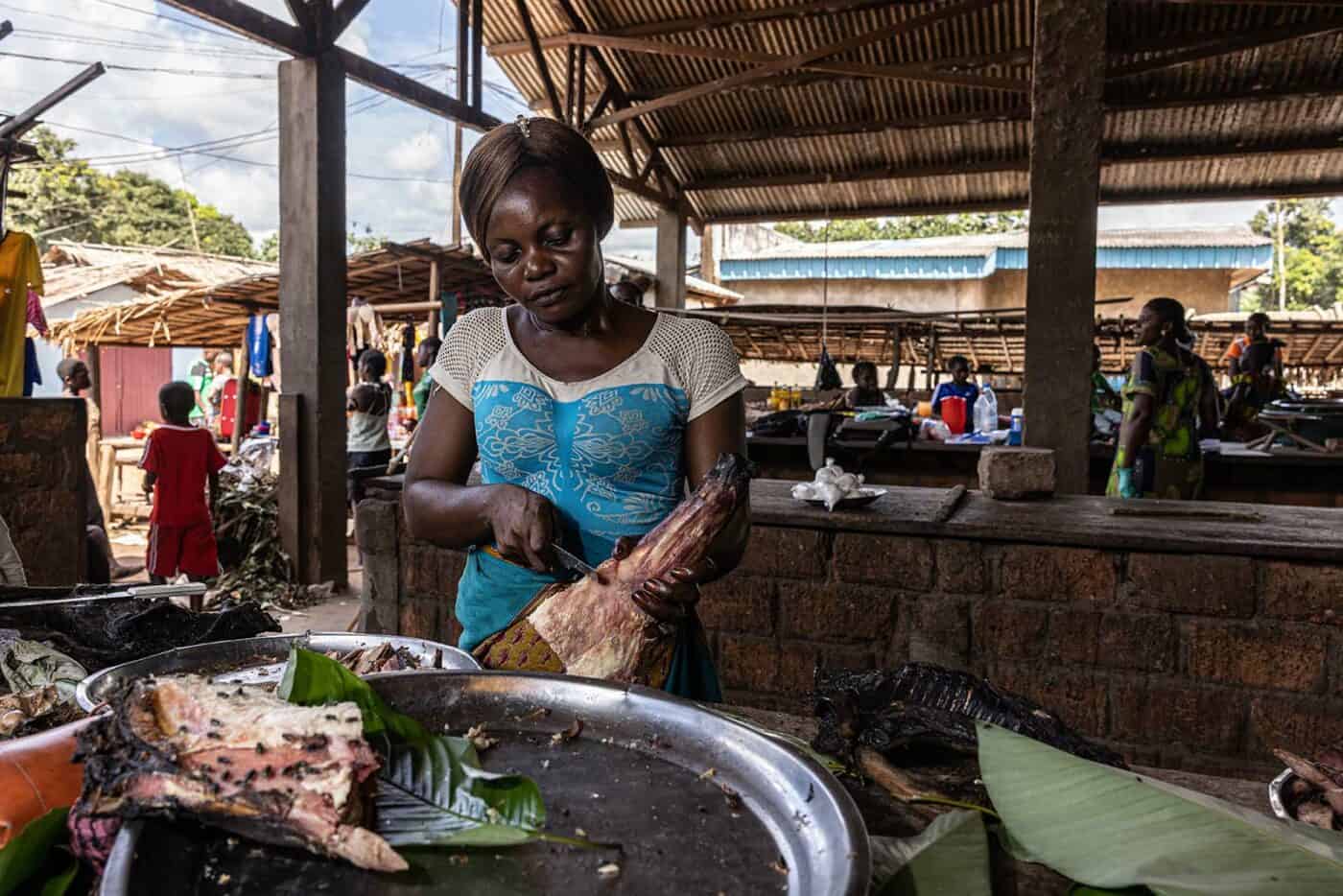 Bayanga, Dzanga-Sangha Sanctuary, Sangha-Mbaéré, Central African Republic, 08/11/21.
Bayanga, Dzanga-Sangha Sanctuary, Sangha-Mbaéré, Central African Republic, 08/11/21.
A saleswoman uses a knife to cut meat from wild animals at the meat market.
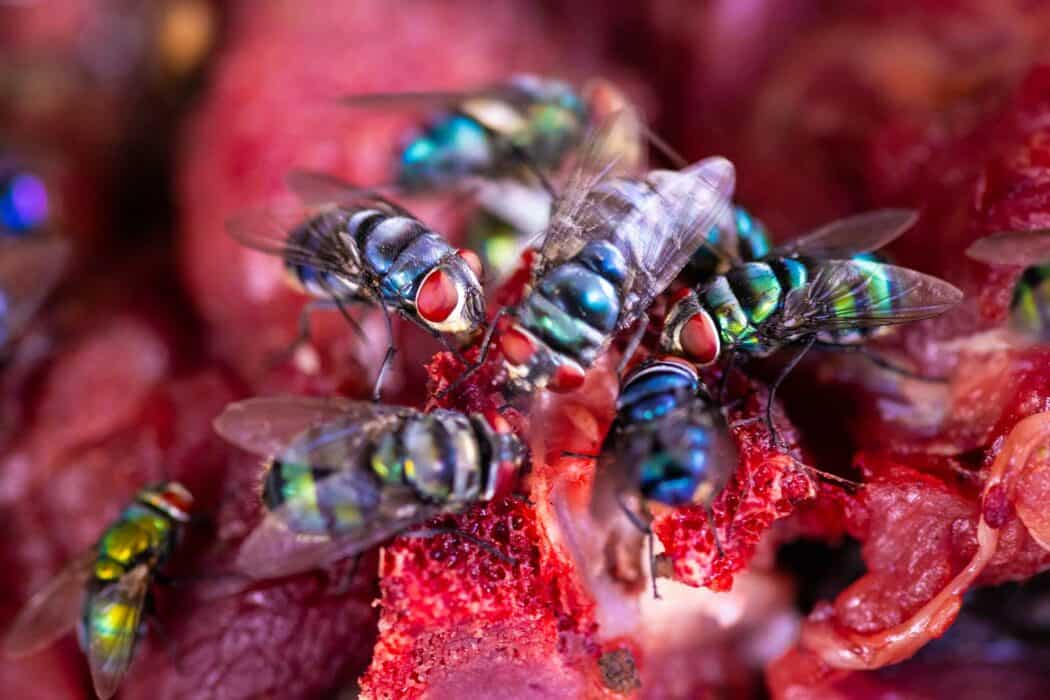 Flies eat meat from the meat market display. Bayanga, Dzanga-Sangha Sanctuary, Sangha-Mbaéré, Central African Republic, 08/11/21.
Flies eat meat from the meat market display. Bayanga, Dzanga-Sangha Sanctuary, Sangha-Mbaéré, Central African Republic, 08/11/21.
Insects feed on faeces, carcasses, and sometimes even live animals, so they collect DNA almost everywhere. This provides valuable data for scientists. When flies have eaten by diseased animals, pathogens such as anthrax and treponema, but also viruses such as monkeypox, can be directly detected in them.
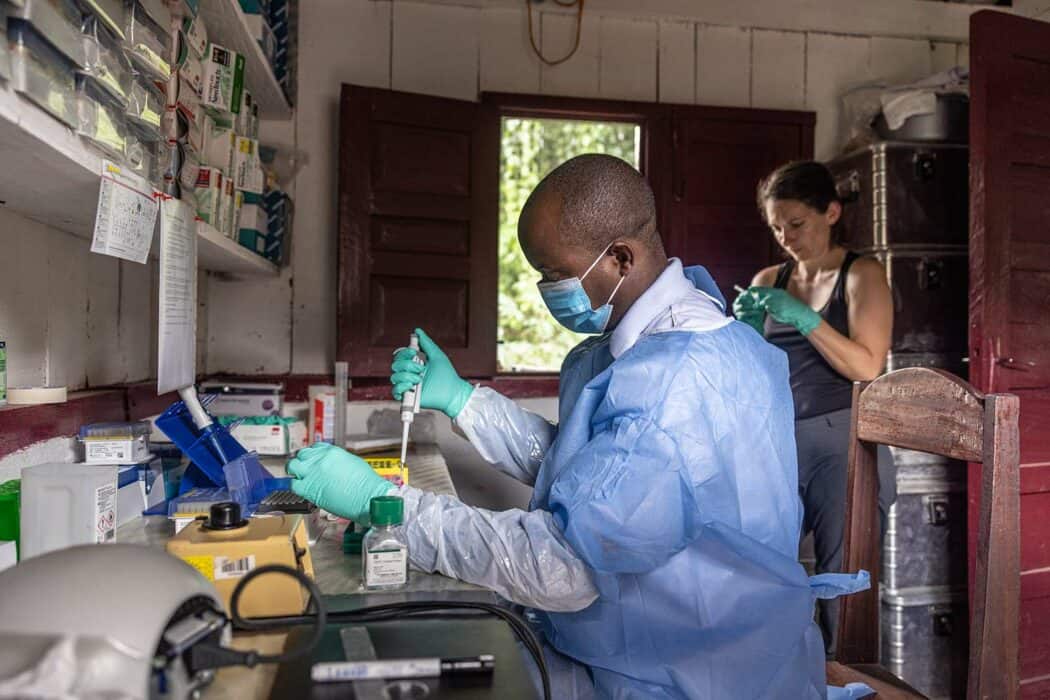 Thais Tombolomako prepares to analyse a sample. Bayanga, Dzanga-Sangha Sanctuary, Sangha-Mbaéré, Central African Republic, 10/11/21
Thais Tombolomako prepares to analyse a sample. Bayanga, Dzanga-Sangha Sanctuary, Sangha-Mbaéré, Central African Republic, 10/11/21
The field laboratory of the project group “Epidemiology of highly pathogenic pathogens” is located in a simple wooden hut. Nevertheless, even PCR tests for various diseases can be performed here.
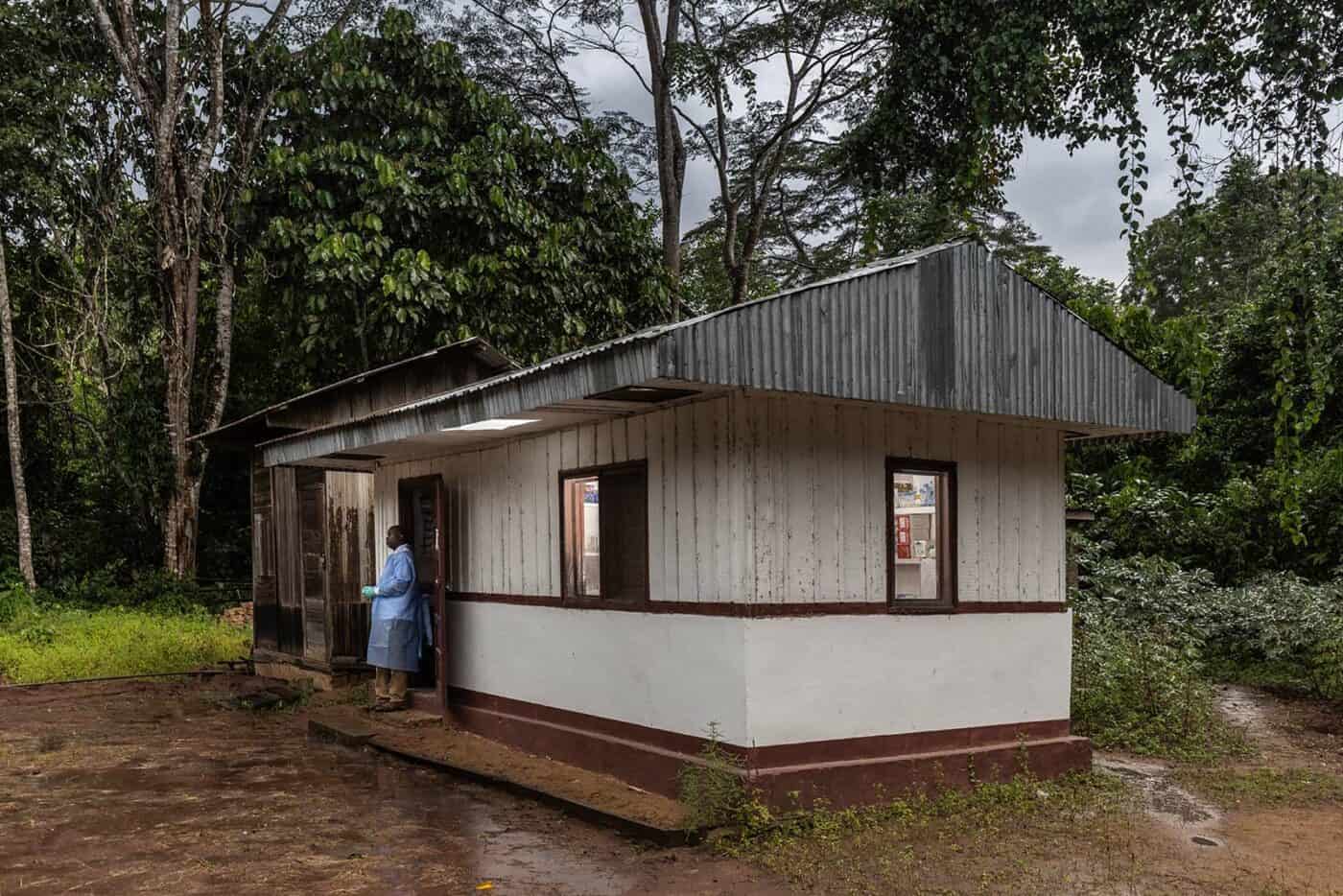 Thais Tombolomako outside the field laboratory of the Epidemiology of Highly Pathogenic Pathogens Project Group, Bayanga, Dzanga-Sangha Sanctuary, Sangha-Mbaéré, Central African Republic, 10/11/21.
Thais Tombolomako outside the field laboratory of the Epidemiology of Highly Pathogenic Pathogens Project Group, Bayanga, Dzanga-Sangha Sanctuary, Sangha-Mbaéré, Central African Republic, 10/11/21.
Your contact partners will be happy to assist you with your personal concerns. However, due to the large number of enquiries, we ask you to first check our FAQ to see if your question may already have been answered.
Dean of Studies, Design and Media department
Programme representative
Application and admission procedure
Hochschule Hannover
Faculty III – Media, Information and Design
Expo Plaza 2
D-30539 Hanover



